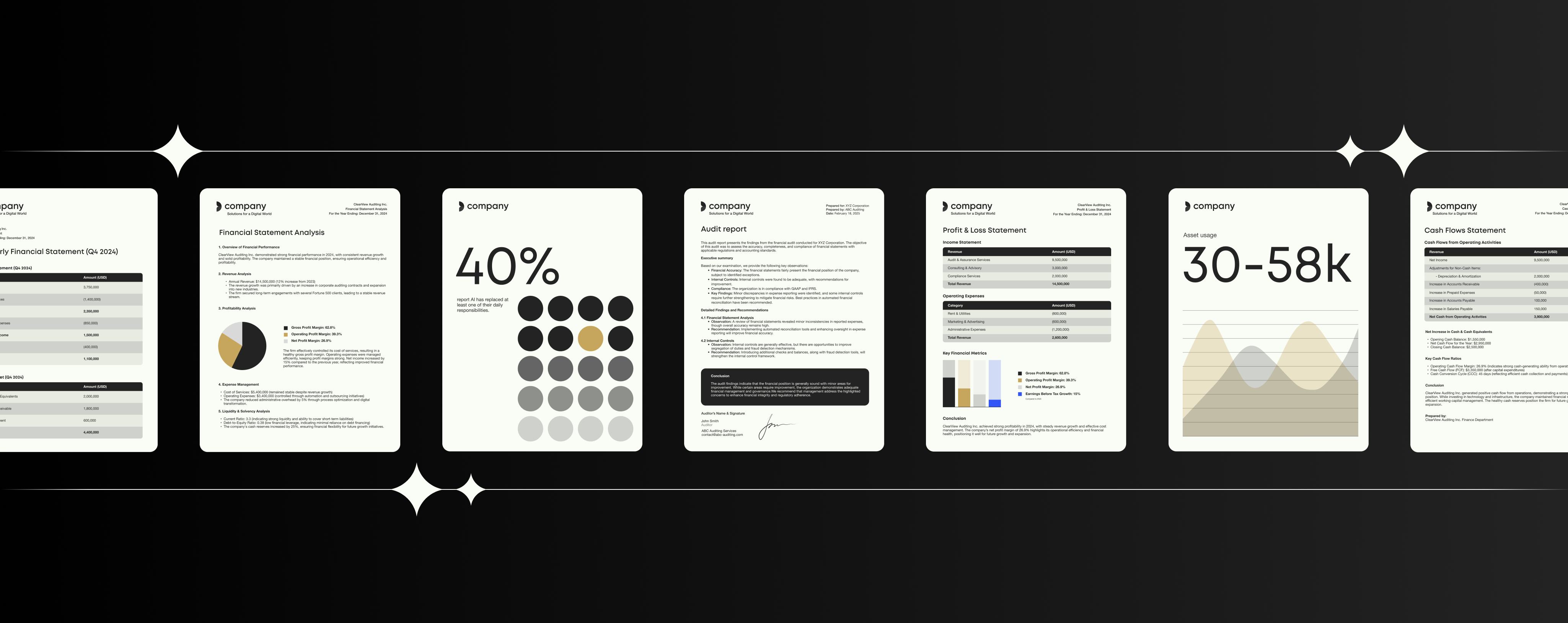Expert tips on nailing a presentation

Public speaking can be tough and unfortunately there’s no magic cure for the stage fright that sometimes goes with it.
But it certainly helps to know that you’ve prepared a strong presentation to back you up. From PowerPoint slides to storytelling, here is what the experts say about delivering a killer presentation. By preparing smart, you’ll get the confidence boost you need to deliver strong and ensure that your message resonates with the audience.
The 10-20-30 rule of presenting
No presentation would be complete without PowerPoint – it’s the most ubiquitous tool when it comes to visually communicating your message and getting your audience to focus on your point. But experts say it’s important to hold back and resist temptation to bombard your audience with endless slide changes, or worse yet – cramming the text of your speech onto the slides and reading aloud from them.
For some, there’s a magic number of slides. US marketing guru Guy Kawasaki swears by the 10/ 20 /30 rule: a presentation should have ten slides, last a maximum of twenty minutes, and never use a font smaller than size 30. Kawasaki, who was one of the original Apple employees, says that it doesn’t matter the topic – imposing these limits ensures that your presentation is brief, punchy and easily accessible. Especially, he says, because ten concepts are just about all the human brain can comprehend in a meeting.
Not sure what to prioritize when selecting your ten slides? When it comes to making a business pitch, Kawasaki provides an infographic to cover the only ten slides you need.
Don’t let your PowerPoint slides slide
Does ten slides feel like an impossible task? While Kawasaki is an expert in pitches, you might be presenting the kind of talk that requires you to go more in depth. Renowned business speaker Alexandra Levit feels that while Kawaski is on the right track, a ten-slide limit is too austere. For Levit, the general rule is that if a slide can stand alone – meaning, the audience can glean information by reading it instead of listening to you speak – there’s too much content. She says that for one-hour talks, she goes through about 15 slides.
No matter the slide number, the experts agree on one thing: keeping the presentation brief forces the audience to concentrate on the absolute essentials. Remember to think of PowerPoint as a visual aid for the people listening to you, rather than as a crutch to help you remember the words.
Make your intro count
Dananjaya Hettiarachchi, the 2014 Toastmasters International World Champion, says you have 45 seconds to hook your audience and get them to keep listening.
That’s why it’s important to make the most of your introduction. For one, that means arriving early and making sure everything is in order – you’ve lost your opportunity to leave a big impact if you spend the first five minutes awkwardly navigating audio glitches or slides.
Levit suggests interacting with your audience by asking questions relevant to the topic. For example, “what’s your favorite Software as a Service tool?” It gets your audience thinking about the subject at hand and how it’s relevant to them.
While the more confident public speaker may dive in with a few jokes, the experts say there’s no pressure to be a comedian. The most important thing is to clearly establish why your presentation is worth listening to – be passionate and share your enthusiasm for the subject from the start.
Hettiarachchi also perfects his opening by imagining himself from the perspective of a stranger who doesn’t feel like listening to him. A good trick is to play back a recording of your speech and ask yourself – would this draw me in if I had to be somewhere else?
Structure the story of your PowerPoint presentation
Narratives are how we make sense of the world, and the most powerful way to make sure that a message really hits home. It helps to think of the talk as a story, with a beginning, middle and end. Follow a logical structure by allowing each point to build on the previous one, following on to your main message or lesson. Your job is to make the talk memorable, so the audience remembers the key points.
For Levit, a presentation should ideally have one major point and three to five subpoints to support it. That might mean something like this:
Main Point: Your team should adopt X SaaS tool.
Subpoint 1: Processes need to be improved to maximize productivity, which is why it’s important to stay on top of software innovation in order to stay competitive.
Subpoint 2: The features of the tool will address a specific productivity challenge faced by your team.
Subpoint 3: Your team will now be able to achieve X by adopting the tool.
Don’t be afraid to have fun with the storytelling – Levit points out that stories and anecdotes will resonate with the audience far better than data and numbers. While it is important to offer clear information, try to be brief. The key is to hold your audience’s interest, inspiring them to investigate the facts later or come to you with questions.
And while the intro is critical, Hettiarachchi is also a fan of a bold, dramatic conclusion:
“As soon as you’re peaking, you’ve got to stop,” he says. “Have a cold stop to your speech and people remember that, because you leave them wanting more.”
Ready now to start building that slide deck? Here are 7 tips to make your presentation slides pop.


